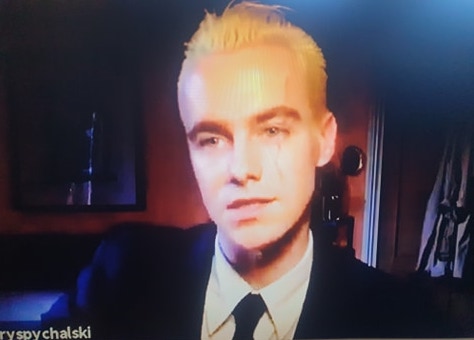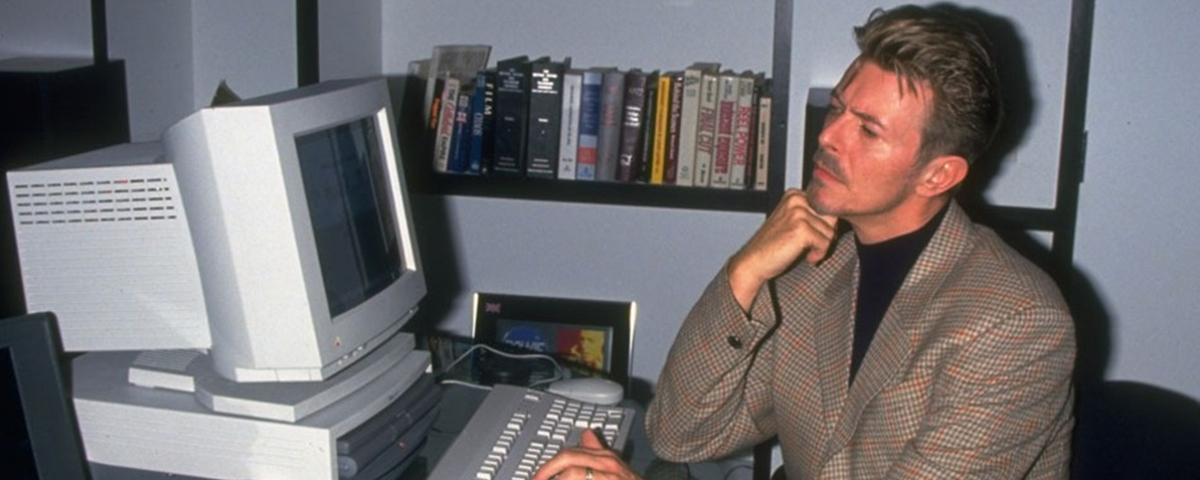TL;DR: WTF? HMLTD NFTs FTW FYI
HMLTD announced today via a live streamed interview with Ann Marie Alanes that they are moving into the crypto sphere with a new interactive project named Leaving. They are by no means the first musicians to dabble in this area, Imogen Heap released an NFT single as long ago as 2015 and has since been heavily involved in the medium with her Creative Passport project. However it remains so far a world predominantly dominated by visual artists, most notably poking its nose above the parapet of tech news into the mainstream consciousness when digital artist Beeple sold a single NFT piece for $70 million last month, so it’s interesting to see a band like HMLTD moving into this space.
Making (doge)coin

Beeple (real name Mike Winkelmann) himself described NFTs as a bubble and whether there will be any real longevity in earning potential for artists remains to be seen. NFTs, often referred to as the ‘second level of a pyramid scheme’ with cryptocurrency as the first, are certainly risky for the buyer – but for the artist as seller in an industry with notoriously low returns there seems little to lose. HMLTD guitarist Duc Peterman also shared his enthusiasm for the prospect of using the platform to ‘cut out the middleman’ (before hastily remembering to say he is very happy with his current record label) but I couldn’t help wondering if it will really ever be possible to do that. The power that any platform eventually gains if it gets big enough to be useful seems to ultimately cancel it out. Indeed, it’s not so long ago that the low barrier to entry of digital streaming seemed like the panacea to dependency on record labels but is now generally considered the bane of the musician’s bank balance. Right now crypto is the wild west of currency, mostly appealing to the rich and the risk takers, but with more and more everypersons chipping in how long will it be before it becomes regulated, stable and by extension just another middle man? I understand the desire that bands have for this and it seems particularly pointed with this band who were infamously signed and dropped from a major label before their first album even landed (and more recently could be found assiduously selling their stage clothes on depop) but I remain somewhat sceptical of the scalability.
But what about the music, maaan

Singer Henry Spychalski, looking a lot like he has successfully levelled up into Cute Max Headroom mode, discussed the new project’s concept and its interactive, collaborative approach which is based on async art in the interview. Interactive music releases are not not an entirely new idea and interactive art even less so. Many mainstream musicians release hq stems to allow domestic remixing, and if Bjork hasn’t done something bonkers with interactive music at some point I will eat my Sugarcubes vinyl, but the scope of Leaving which, according to the band, allows for around 6400 possible permutations does feel like open source remixing on steroids. As Spychalski noted this could result in both ‘co-operation or conflict’ which seems like one of the more exciting aspects of it to me personally. Most interestingly they said that if they were to do it again they would like it to be even more decentralised and retain less authorship over the final product, with Spychalski referring to the Exquisite Corpse technique as a possible future framework.
There is an element of bleeding edge bandwagon jumping here and it would be easy to just shrug this off as a load of pretentious crap but it’s always exciting to me to see artists trying to push at the boundaries of what is considered their remit. Even more so when it is a band like HMLTD who are on the one hand very much an art school ‘ideas’ band but also have an absolutely irrefutable understanding of what makes a great pop song. I’m fascinated to see where their unabashed love of pop conventions fits in, or indeed collides, with this more left field method of creation.
Popular musics and aftershocks

By coincidence I’ve been thinking about (and listening to) David Bowie’s Outside album again recently and I can’t help draw a parallel with his insatiable interest in deconstructing conventional approaches to art creation. His love of the cut up technique both physical and digitally seems relevant but more specifically his early adoption of technology, internet and digital media in his own art and his online community BowieNet. Much of that period in the late 90s and early 00s seemed at the time pretentious, hyperbolic and vaguely mid life crisis-ish to many. Some of it has aged terribly. Most of it was also astonishingly ahead of its time, leaning into ideas that are now just How We Live. This isn’t to say that HMLTD are the new Bowie, or for that matter that blockchain will become a mainstream standard, but I have a hard time hating on artists for opening themselves up to new avenues in creating art. I’m tentatively excited to see how this pans out, and at the very least it can’t be any worse than Lady Gaga’s ArtPop app.
All that said, I’m damned if I know how I’m going to review it once it’s released…
All words by Susan Sloan.